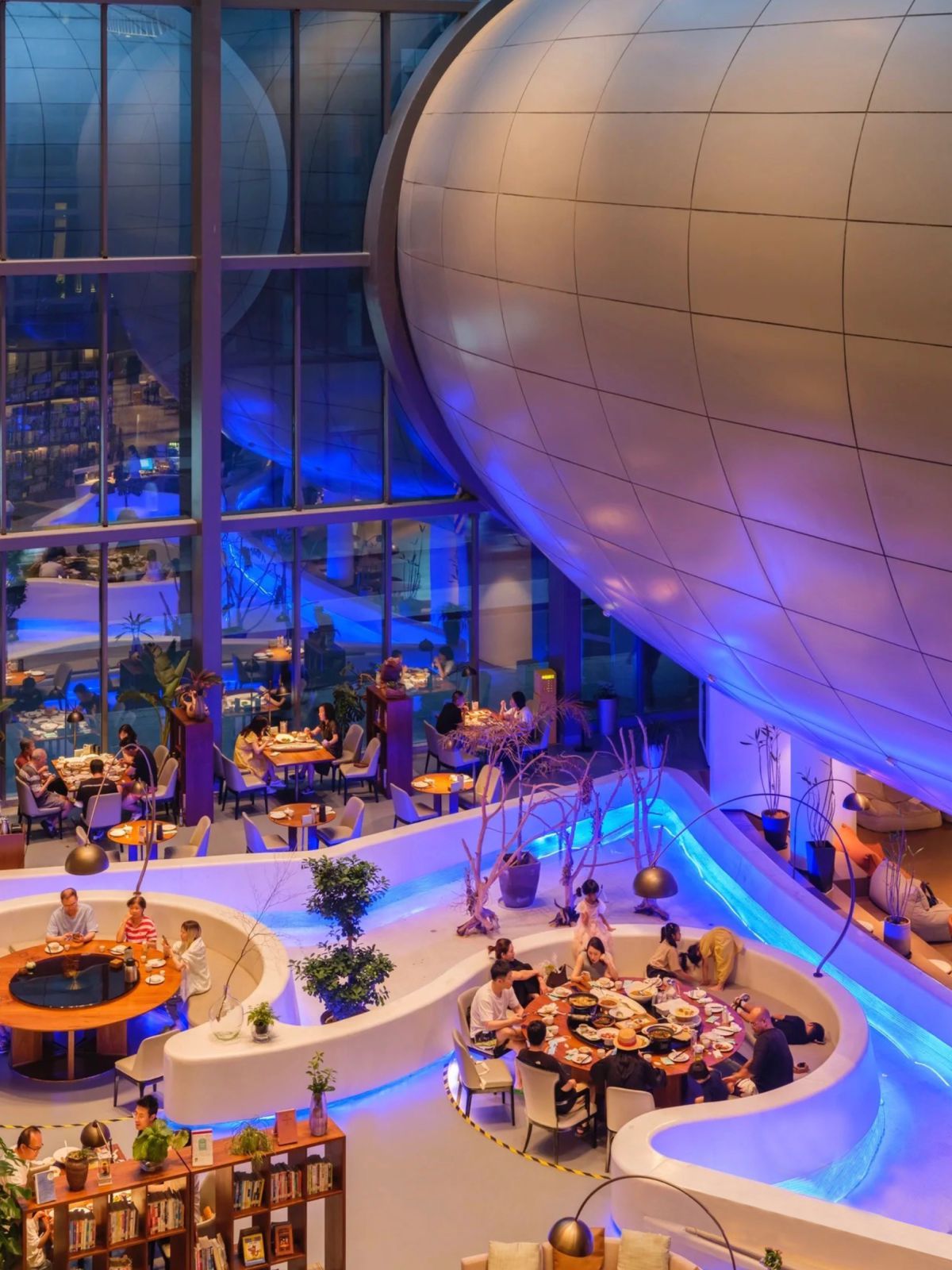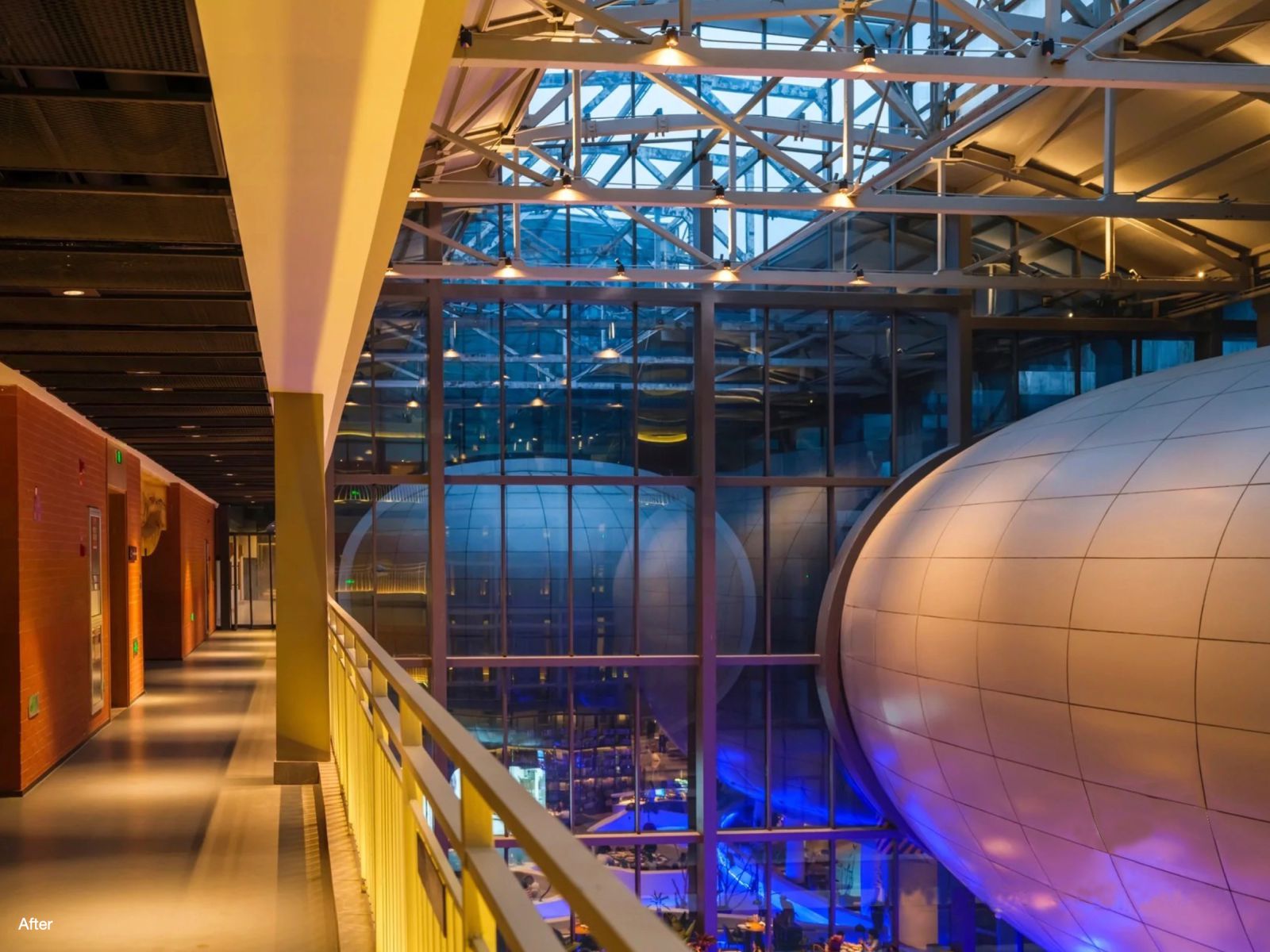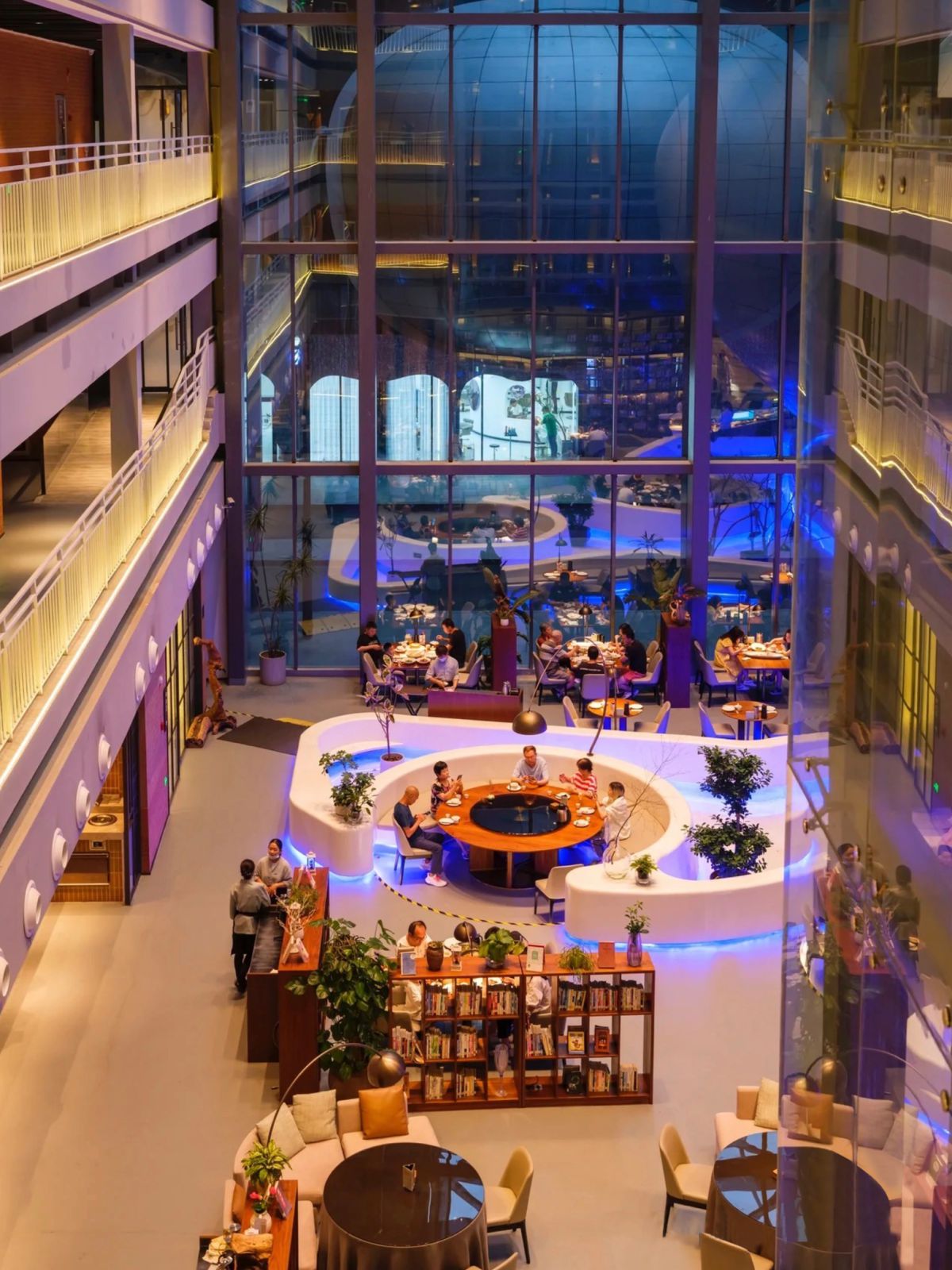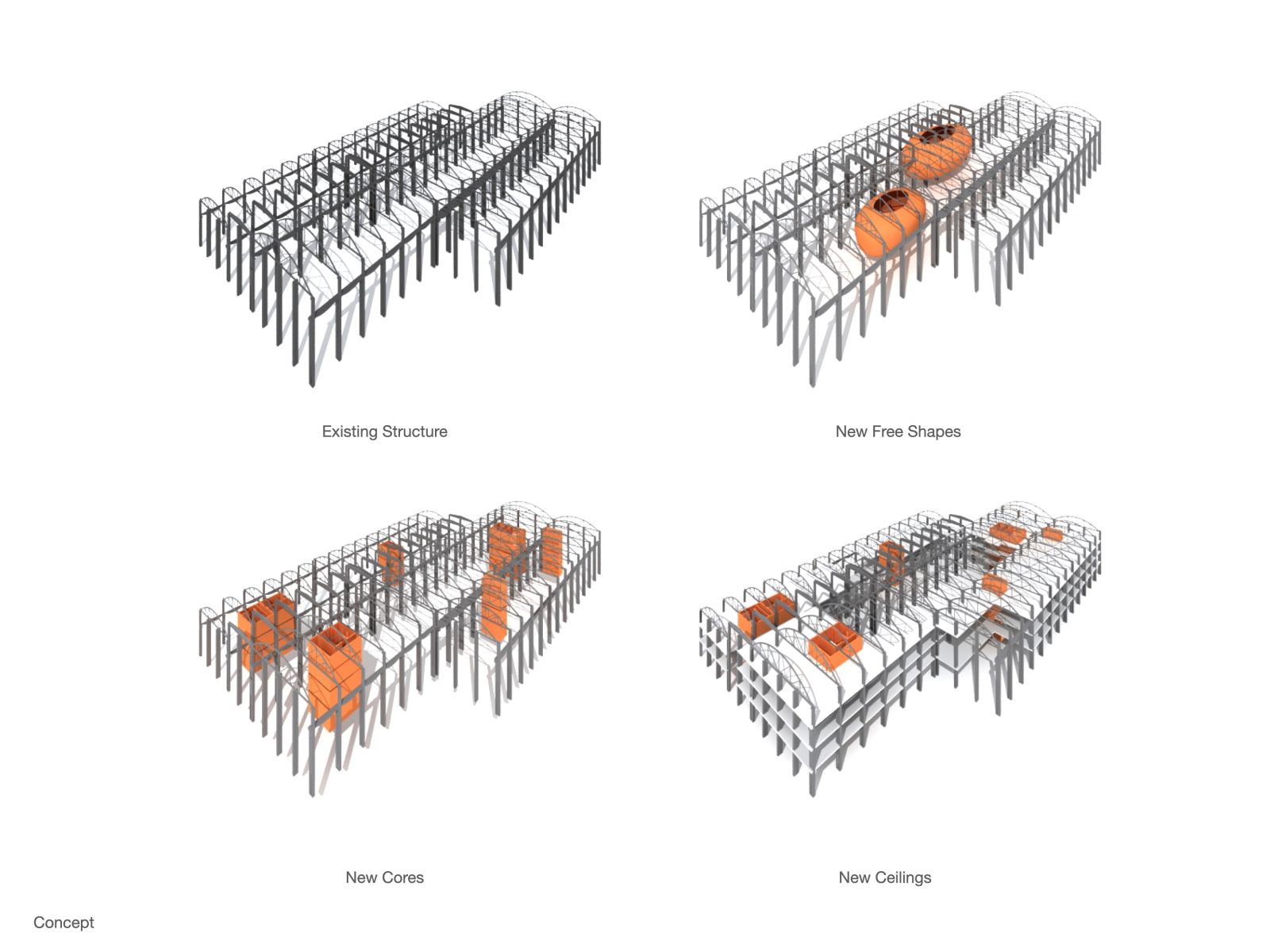The concept of newer isn’t always better for a progressive city, and historic development plays a vital role in con-tributing to this idea. To optimise the operational and commercial performance of a built asset, an old iron foundry, which was part of a machinery factory more than 60 years old, was converted into a creative office and hotel.
Adaptive reuse has been an ongoing topic on how we preserve historical and cultural significance while allowing the locals to explore and learn from the past. It aims to restore the culturally significant sites of Hangzhou’s indus-trial history as part of our commitment to low-carbon design.
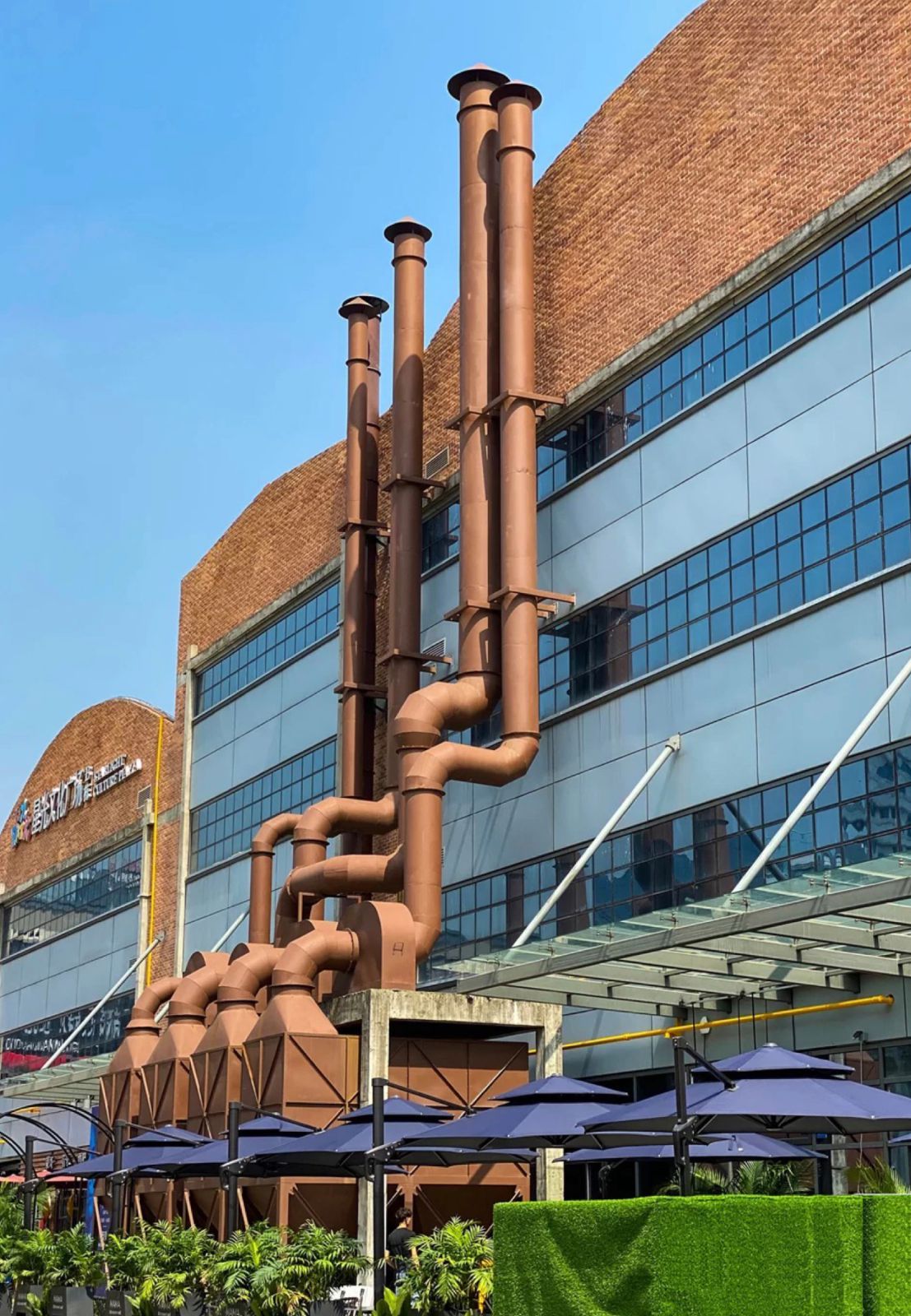
The Xintiandi Factory was stripped down to its steel and brick bones while a daring makeover took place, reflecting on the iron foundry concept as the most major contributor to manufacturing and recycling activity, where melting and recasting of new durable goods takes place.
The foundry’s existing structure was meticulously preserved and repaired, while the interior area was massively designed to ensure structural integrity. New activities are envisaged along the facades to preserve a light-filled development area in the centre hall.
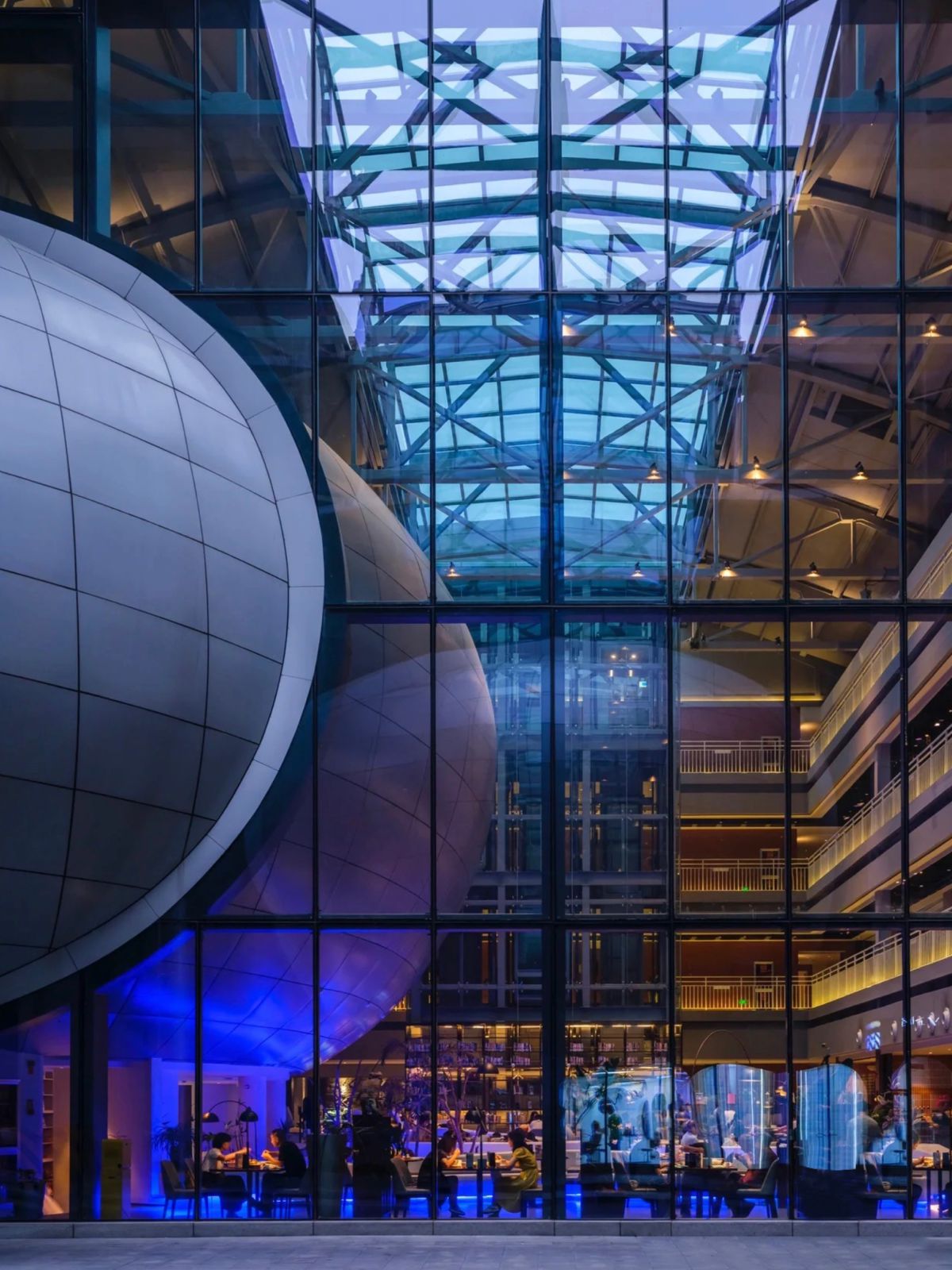
The project’s daring approach to connecting the former industrial identity with the futuristic innovative creative hub is embodied by two floating spheres that function as conference and meeting rooms in the central hall, projecting the magnificent dimension of the old factory hall.
Existing structures are merged with modern structural systems that have reinforcement to meet today’s safety and well-being criteria. Due to their poor state, the old windows and frames on the facade were demolished and re-placed.
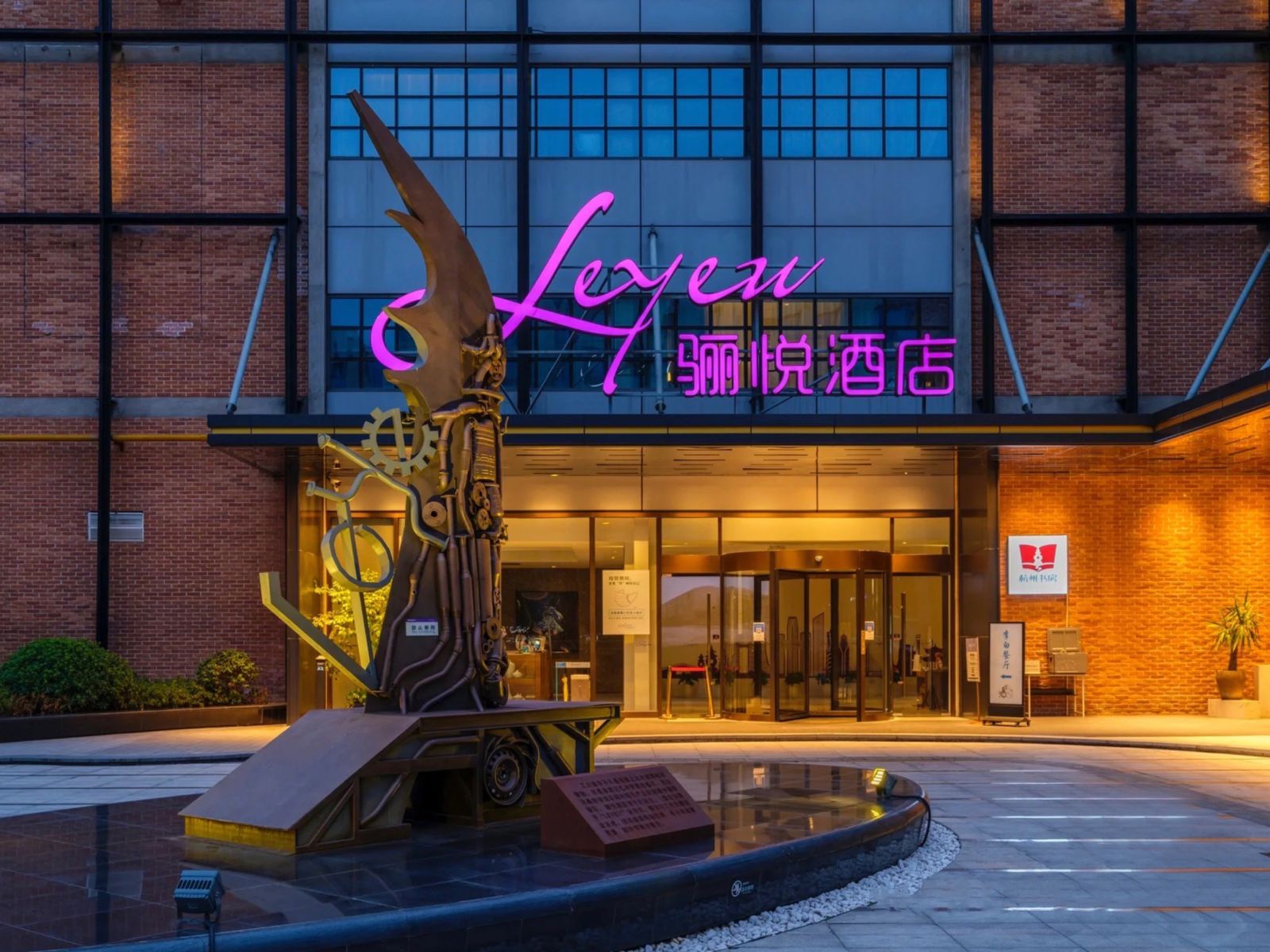
As a testament to the former iron factory’s past, repurposed clinker brick walls and massive windows in cor-ten steel framing are utilised. Thanks to the installation of huge windows, the former foundry is now immersed in natural light, offering a unique architectural experience to the new tenants.
In building upon existing stories, the unique attributes and characteristics of the old foundry structural trusses are kept, and the existing roof system is replaced with a light steel roof.

The inherent beautiful elegance of the industri-al past is preserved while allowing for minimal demolition through the modification of the roof type. Additionally, it creates an impressively towering height for the assembly area.
The former foundry currently contains offices, retail, hotels, and multi-purpose facilities while keeping its original industrial relics and machinery that are meticulously conserved and structurally inspected, helping to improve chances for economic sustainability while improving social sustainability.
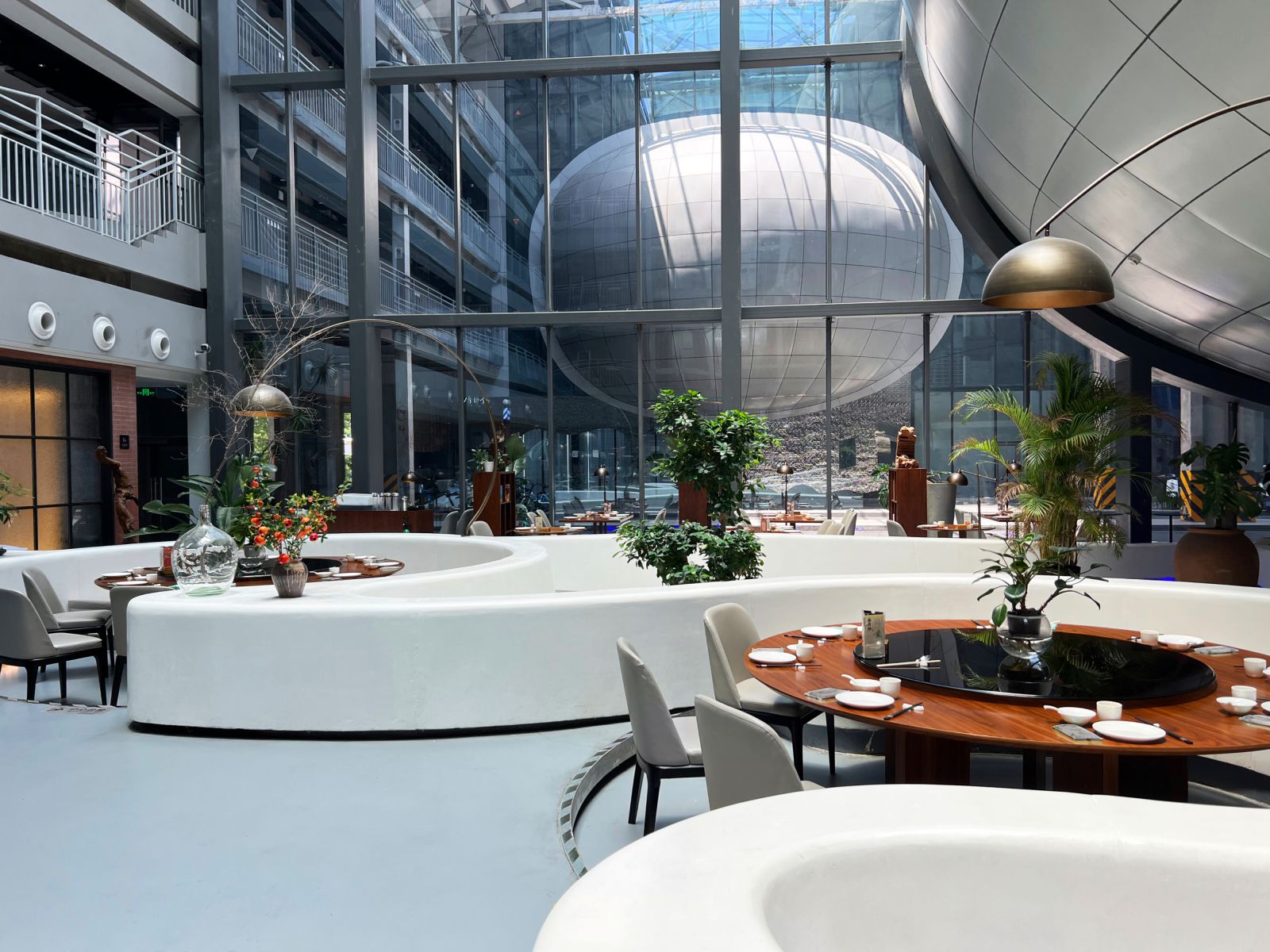
The foundry has emerged as a model of effective urban renewal. The idea of adaptive reuse has given construc-tion materials new life and ensured a second opportunity while also lowering embodied energy.
The act of trans-forming a half-century-old building into an interconnected, spacious and creative space that recalls the communi-ty’s past has therefore been fulfilled and shows the new dimension of sustainability. Source by Peter Ruge Architekten.

- Location: Hangzhou, Zhejiang Province, China
- Architect: Peter Ruge Architekten
- Lead Architects: Prof. Peter Ruge, Matthias Matschewski, Hyesook Ahn, Byoung Gil Jung, Lucas Gray, Tatjana Si-nelnikova, Maria Katschalova, Alexander Andrejew
- Project Partner: DBH Stadtsplanung GmbH
- Gross Built Area: 17,900 m2
- Completion Year: 2022
- Photographs: 认识杭州, XiaoSong Wang, Courtesy of Peter Ruge Architekten

